02.04.21
More than ever companies are being confronted with chaos. The complex, uncertain times have collectively pressured our trust and the Covid-19 pandemic has thus far only reinforced this. For companies, large or small, this chaos entails several inevitable challenges.
How can these companies tackle the complexity they are confronted with? The answer can be found in the ‘Act Human’ approach.
Time to Act Human: Successful companies invest in long term relationships
People have all kinds of unconscious desires and needs that influence their behaviour and actions, which we refer to as ‘Human Drivers’. Whether we are talking about people, products, brands, services or organisations, an individual will always search for relationships with their environment. Human behaviour is in other words not random, but purposeful. Marketing must gain insights in these Human Drivers and view brands as people who can build and maintain long term, meaningful relationships with their customers and stakeholders. By doing so marketing can activate human connections and build up lengthy relationships. It is therefore not about pushing products, but about responding to and collaborating with the available interpersonal relations. Marketing is to act human.
This view requires us to redefine the focus of marketing and to upgrade the marketeer: we say goodbye to the traditional marketeer and welcome the Human Activator. It is the Human Activator’s task to start from the Human Drivers and reinstall people and society as the focus of business operations. Thereafter, they can adjust business models, digital tools and technological solutions accordingly.

